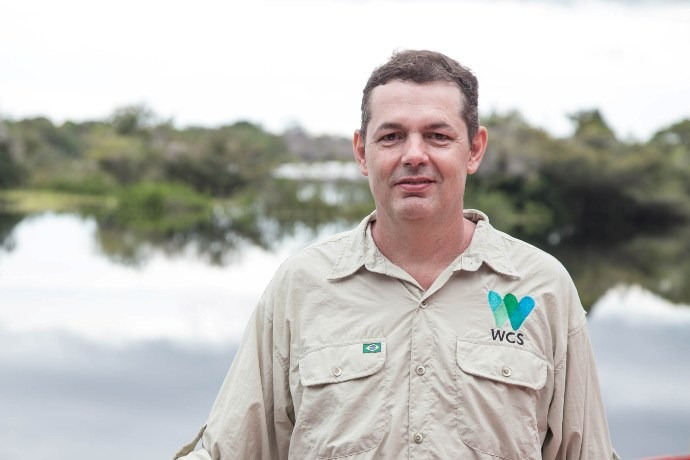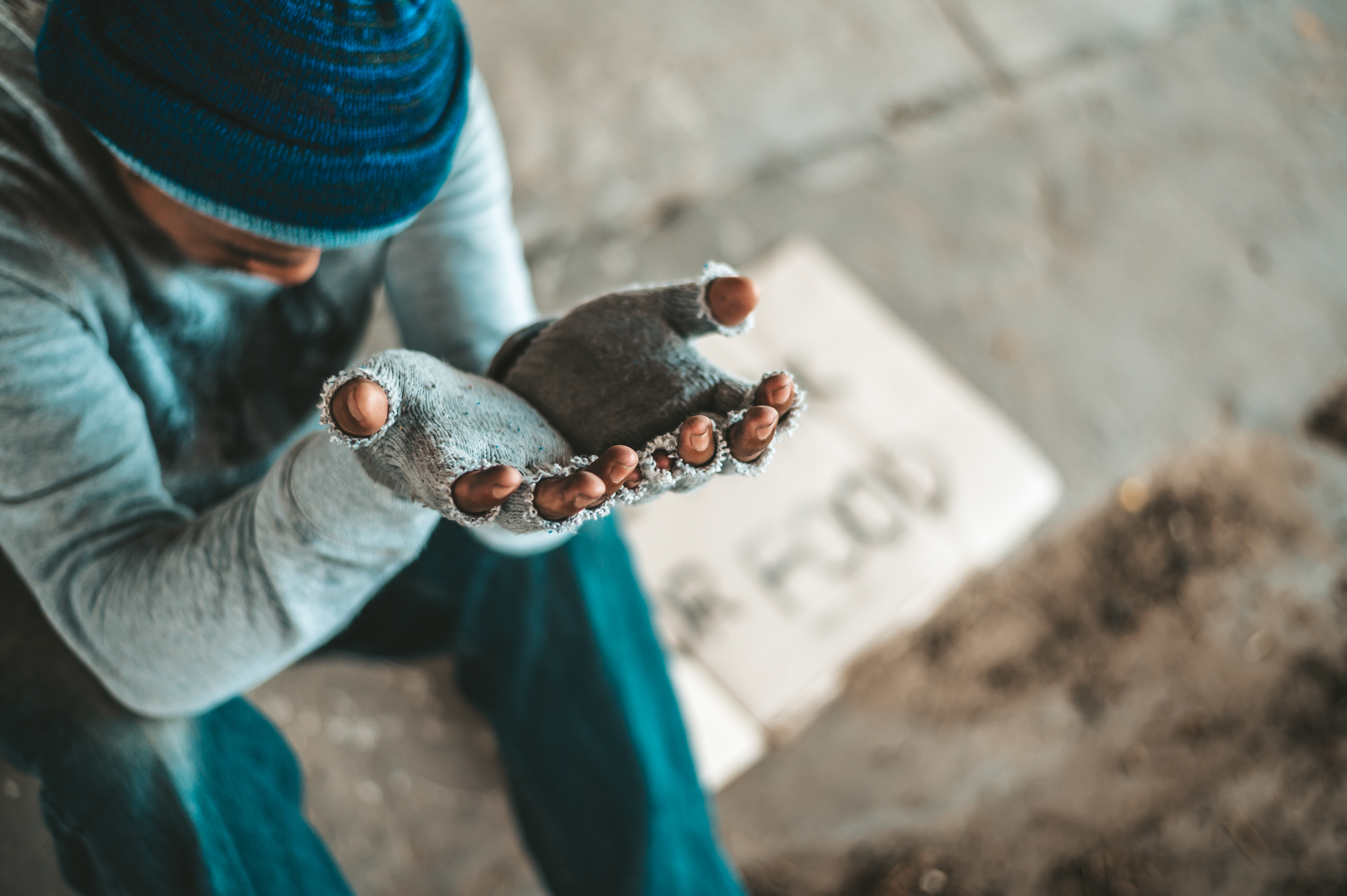Climate changes, deforestation and fire hinder regeneration of the Amazon and Pantanal
A expansão da agricultura e pecuária extensiva alcança áreas cada vez maiores, causando degradação e perda de vegetação nativa
by Rita Pelicano, for NINJA Coverage at COP26
In 2018, the professor Stephen Pyne, proposed to change the name of the current era from Anthropocene to Pyrocene, due to the great “firepower” that our species possesses, especially on an industrial level. According to Pyne, firepower is humanity’s ecological signature. Added to industrial fire, we also have burning in living ecosystems, where the fire is started by humans, often criminally.
Besides the emissions that all this fire generates, there is also the reduction of systems that could store carbon dioxide and other greenhouse gases, such as our forests. A study led by researcher Luciana Gatti, published in Nature magazine, reveals that the Amazon already emits more CO2 than it absorbs.
Ecosystems that are not adapted to resist fire naturally are the most vulnerable to the phenomenon, as we could see in 2020 in the Pantanal, when the fire “escaped” from wildfires and spread throughout the biome with no control, in one of the largest droughts ever registered. And this often happens in the Amazon too, as pointed out by environmentalist, geographer and WCS Brazil director Carlos Durigan, in an interview for Mídia Ninja.
It is important to emphasize that the relationship between deforestation, which is increasing, and fire is very close, since usually after deforestation the area is burned. This trio, deforestation, fire and climate changes, has shown that these practices are becoming more dangerous.
Carlos Durigan emphasizes that Brazil, that is the 4th largest emitter of greenhouse gases, most of which by deforestation, sees with disbelief promises to zero it until 2030, a proposal that the Environment Minister Joaquim Leite must confirm at the World Conference on Climate.
“I think it will be difficult for Brazil to adapt to the emission reduction goals, because in spite of having a cleaner energy matrix, compared to other countries, the agribusiness is expanding. So the tendency is that Brazil does not have a very ambitious goal, especially with a public administration that does not act to contain deforestation and even encourages it.
Check out the interview:

Have burning always existed in the Amazon and Pantanal? Why have they increased over the years?
Fire has been present in nature since forever, however the induced fire in an anthropic way is different.
Fire is the most practical and cheapest way to open an area for agriculture and its use is part of the production cycle of coivara, a technique used for thousands of years by indigenous and traditional peoples to plant several crops in the Amazon. The use of fire is also used in extensive agro-livestock activities, especially in the last few years, with livestock being the most worrying in the region, because of its accelerated growth.
It is also used to open the areas for pasture and there is a tradition that it is necessary to renovate the pasture every year, then it is cut and set on fire. Thus, fire has expanded very quickly and over extensive areas.
This generates a serious problem, which is the increase of the emissions, mainly of carbon.
In addition, the altered environments are now degraded environments, which are no forest and these areas transformed into pasture or plantation absorb less carbon than they did before.
It has been happening both in the Amazon and in the Pantanal.
Traditionally in the Pantanal is done extensive livestock farming, with the cattle occupying native pastures in large areas. This model is ancient, but the expansion of the activity in the last decades has aggravated the impacts caused by it.
The planting of exotic grasses for cattle feed, added to the expansion of agriculture in the regions surrounding the Pantanal has caused the siltation of many rivers and this has influenced the flooding dynamics of the Pantanal plain, and also considering the reduction of rainfall in recent years, a scenario more conducive to burned.
How vulnerable to fire are these two biomes when compared to others?
Both the Amazon and the Pantanal have a large part of their areas constituted by environments under great influence of rainfall and flooding. They are diverse vegetation formations with a great diversity of plants, most of which are not very resistant to fire. In the Cerrado Biome, there are plant species adapted to resist fire and are able to regenerate after a burn, which is not the case with forests in the Amazon and even in regions of the Pantanal where, once burned, they hardly regenerate.
What is the relationship between the devastation of these biomes and climate changes?
The scenario we currently have can be summarized as follows: expansion of agriculture and livestock extensive, which is occupying larger areas and consequently bringing a lot of forest degradation and loss.
Besides we are losing forest, in those regions that have more burnings, it is more common for fire to “escape” and enter the forest, therefore, even the areas that are not being used directly by agriculture and livestock are being degraded.
This high frequency of burning generates an impoverished forest and it is not performing so well in this equilibrium of absorption and emission. It emits more than it absorbs.
With the increase in global temperature and at the same time we have an increase in emissions and a decrease in their absorption, the periods of drought also increase, which causes it to burn more; they are cycles that feed back on each other.
Are there alternatives to using fire?
For decades people have been working on alternatives to the use of fire in the Amazon, and I think we should insist that agricultural and livestock activities do not promote more burning, especially if we consider extensive activities.
The agriculture practiced by indigenous people and traditional communities, which evolved over generations, in my opinion is not a problem, because they are relatively small areas and with good management during the burning, fire hardly ever spreads to forest areas. So, the most important thing, in these cases, is that fire and burning activities are managed to avoid accidental forest fires in periods of extreme drought, as we have experienced in the last years.
What are the future perspectives for Brazil in relation to the emission reduction goals?
One thing that calls attention is that Brazil, in the question of emissions, has an imbalance when compared to other countries, being 2/3 of the emissions caused by deforestation by agriculture and livestock, and in general, the big emitters like China and the USA have fossil fuels as the biggest cause of emissions. Brazil, that is the 4th largest emitter of greenhouse gases, being most of it deforestation, and once areas of natural vegetation are replaced by areas of agriculture, it causes this imbalance.
I think that it will be difficult for Brazil to adequate the emission reduction goals, because in spite of having a cleaner energy matrix, compared to other countries, agribusiness is expanding.So the tendency is that Brazil does not have a very ambitious goal and with a public administration that does not act to contain deforestation and it still encourages.
Translated by Fatima Ventura


